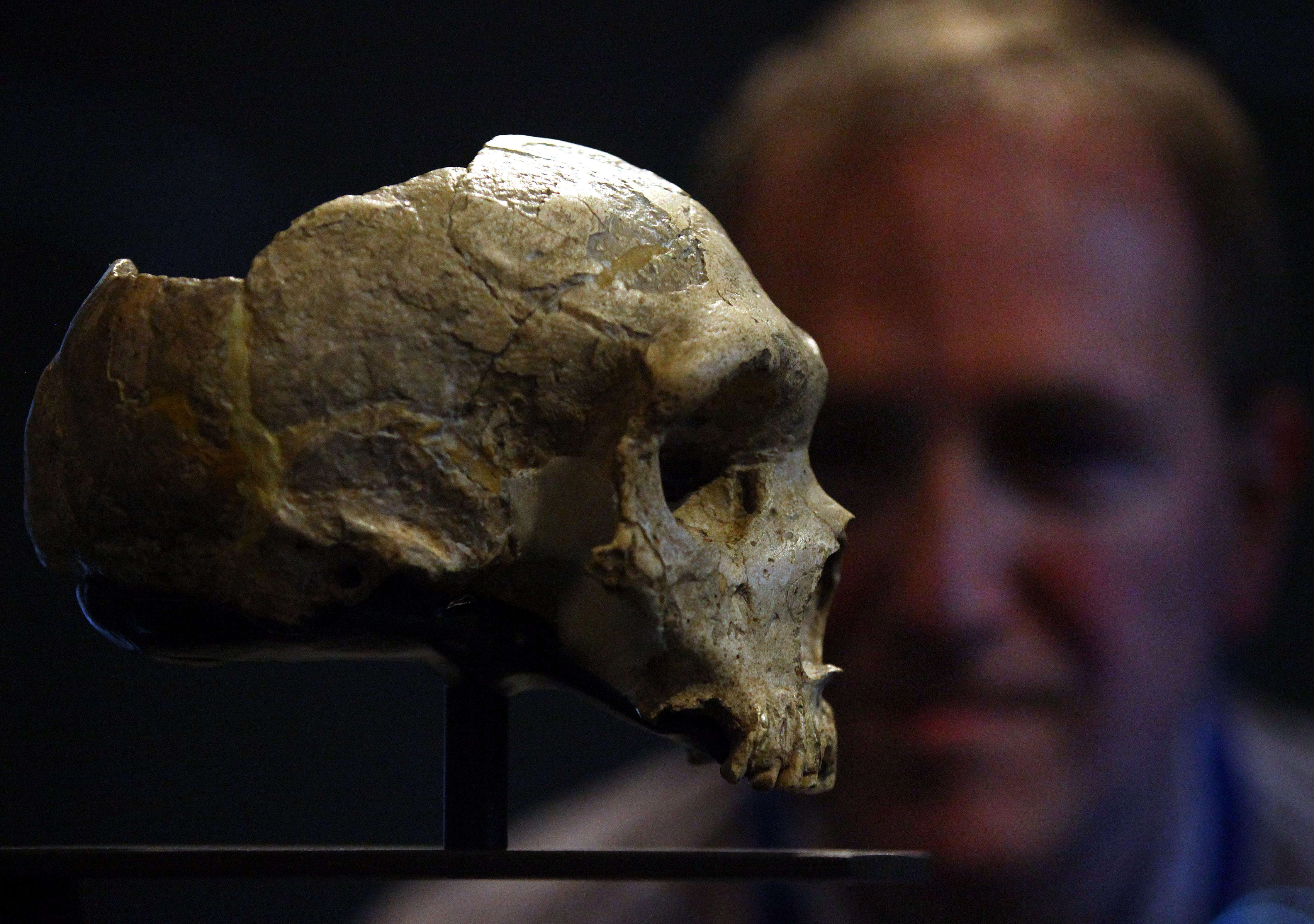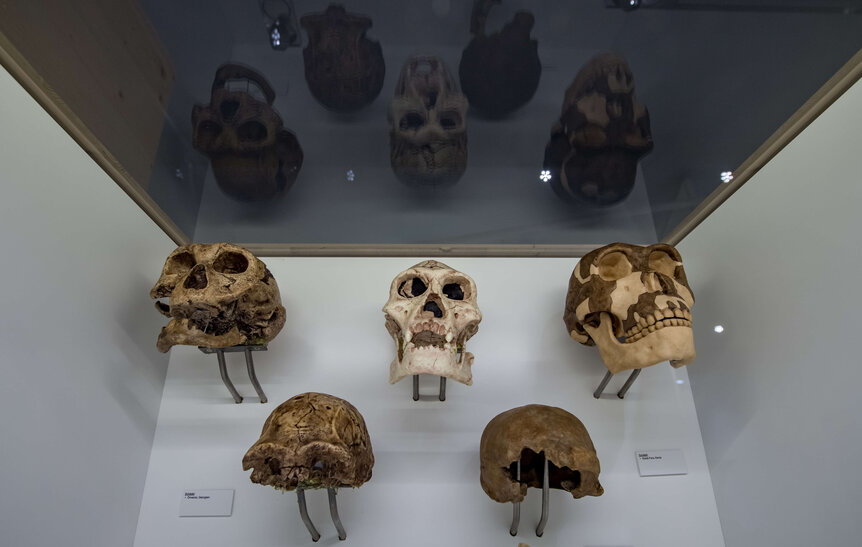Create a free profile to get unlimited access to exclusive videos, sweepstakes, and more!
Turns out human DNA isn’t really that human after all

Have you ever wondered what it means to be human? It seems no one can ever agree on that, but at least we know what it means to be Homo sapiens.
We are the only remaining species of hominid after millions of years of evolution turned creatures barely recognizable as being our ancestors to what we are now. There’s just one thing. Turns out that most of our DNA is actually shared with ancient hominids and only 1.5 to 7 percent is unique to Homo sapiens, at least if you ask the creators of SARGE (Speedy Ancestral Recombination Graph Estimator), an algorithm that takes our genes way back.
SARGE figures out how our genes merged, separated and recombined from species to species as the evolved and interbred. It analyzed 279 genomes from modern humans along with two Neanderthal genomes and one from Denisovans. What it showed was that we are hardly unique compared to our prehistoric relatives.
“The shared genetic variation present in our common ancestral population is still largely present among humans today and was present in Neanderthals up until the time of their extinction,” said the scientists in a study recently published in Science Advances.
What we already share with Neanderthals and the rest of the Homo lineage is known as incomplete lineage sorting (ILS). Any random person can have many alleles, or alternate mutated forms of genes that are still in the same place on a chromosome, that are shared with Neanderthals but not found in whoever is standing right next to them. This shared inheritance doesn’t make us Neanderthals. It also doesn't mean interbreeding. It can, however, explain the genes that went into creating what we would ultimately call modern humans.
So why are some people said to have a small percentage of Neanderthal DNA in their genomes? That only goes for the genes that were unique to Neanderthals as opposed to shared genes.
SARGE needed to separate ILS from interbreeding between modern humans and older Homo species. It used ancestral recombination graphs, or ARGs, to see how much of our own genome belongs only to Homo sapiens. ARGs have any branches. They map particular sites on the parts of chromosomes where interbreeding happened, which show up as haplotypes — groups of alleles from a population that evolved from a common ancestor. Data that goes into an ARG and is mapped can reveal a hi-res map that differentiates between unique and shared genes.
The scientists involved in this research created an ARG out of the modern human, Neanderthal and Denisovan genomes they already had. SARGE found that Neanderthals interbred with early modern humans outside of Africa at least once. There was still evidence of Neanderthals moving back to Africa and interbreeding with modern humans. Introgression, or gene transfer that happens because of hybridization, happened several times in different populations that show Denisovan ancestry.
Genes specific to Homo sapiens, many of which have to do with our brains, are thought to have evolved when our species diverged from more primitive hominids. Some of the genes are associated with the development of the brain in utero. They are associated with the division of embryonic cells that will eventually turn into neurons. Mutations in these genes are necessary for the neocortex to develop. This is the part of the human brain that evolved the most recently and controls higher functions such as sight, hearing, cognition and perception.
“This small human-specific fraction of the genome is enriched for genes related to neural development and function,” said the researchers.
Mutations that only occurred in Homo sapiens over long stretches of time could also mean that hominids went through phases before they became us. There is still more to be done with SARGE. It may have left out some interbreeding events or genes that mutated. If they stay lost to time, we may never know what we really are.
Either way, calling someone a Neanderthal as an insult is pretty useless, because they had most of what we do.



























